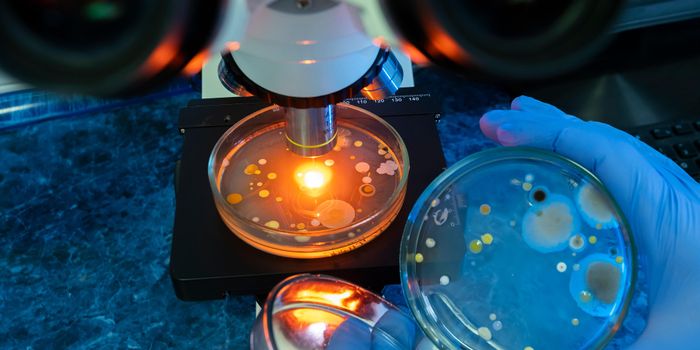Leprosy: An Ancient Disease in Modern Medicine
People who have leprosy, an infectious disease that has been described in ancient civilizations, have consistently been persecuted and ostracized from their families and communities until 1969 when the mandatory isolation law was abolished. Armauer Hansen, MD was the first person to visualize the organism that causes leprosy, Mycobacterium leprae, proving that it wasn't caused by a curse or sin and it wasn't hereditary. However, his discovery did not stop the ostracization of people inflicted with this disease to leper colonies.
Approximately 8,000 people were quarantined in the leper colony, Kalaupapa, which was created in 1866 on the island, Molokai, in Hawaii. The living conditions they endured were horrific. Father Damian, a Roman Catholic priest from Belgium, arrived at Kalaupapa in 1873 to minister to those quarantined. He did quite a bit more by caring for them through building houses, schools, churches, and hospitals. Father Damien, not only provided both emotional and medical support for his congregation, but he showed them empathy, compassion, and respect when the rest of the world had shunned them. After 11 years, he succumbed to leprosy in 1889. He was canonized in 2009 by Pope Benedict XVI and is one of ten Catholic priests in the U.S.. to be recognized as a saint by the Catholic church. Stigmatization associated with this infection has been dramatically reduced since Kalaupapa, but it still exists in some countries and communities.
Leprosy was renamed Hansen's disease due to Amauer Hansen's work. Mycobacterium leprae is a slow-growing, acid-fast bacillus that divides every 13 days and is an obligate intracellular pathogen. Since it lacks the genes to support independent growth, it has never been grown on culture media. Humans and armadillos are the only living sources of M. leprae. In the southern U.S.., some armadillos carry M. leprae and can cause disease, but this is rare. Most infections are spread through prolonged exposure to respiratory droplets from an infected person. The risk of contracting Hansen's disease is low; 95% of the population is naturally immune to M. leprae. In the U.S.., there are about 150 new cases/year and 250,000 worldwide, and because it can take from 1-20 years for symptoms to develop, delayed diagnosis is common.
Leprosy is diagnosed through clinical presentation and a skin or nerve biopsy. There are no serological tests, yet, that can be used as a diagnostic tool; biopsy is the gold standard. Appropriate sample sites include "skin smears from earlobes, elbows, and knees, skin biopsy from active patches, and nerve biopsy from thickened nerves." The belief that leprosy causes people's fingers and toes to fall off is a long-held myth. M. leprae attacks peripheral nerves causing numbness in the extremities. An injury such as a burn or cut may go unnoticed because of the lack of feeling or sensation in the affected area creating optimal conditions for a secondary infection. Eventually, in advanced stages of the disease, the body resorbs the area producing the image of lost fingers and toes (or arms and legs).
The challenges of diagnosing and treating people with leprosy are due to lack of resources in underdeveloped countries as well as limited access and high costs of treatment. Countries with the highest incidence of leprosy are Brazil, India, and Indonesia. Today, there are effective treatments, usually combined therapy with rifampin, clofazimine, and dapsone, that render the person unable to spread the infection after one week. Even though treatment can take from six months to a year, most cases are curable. It's imperative to get these drugs to resource-poor countries so that eradication of leprosy can be realized.
The World Health Organization (WHO) developed and implemented its program, The Global Leprosy Strategy 2016-2020, to facilitate the creation of a world without the burden of leprosy and alleviate disability, especially in children. The emphasis of this new strategy is to increase and sustain the number of people with expertise in treating leprosy and strengthen political commitment and encourage the formation of partnerships. Three central interventions are early detection to reduce disability, target detection among high-risk groups in endemic areas, and improve access to healthcare. Endemic countries also need to screen all person's in contact with the affected patient and offer shortened treatment times and develop educational programs to eliminate stigmatization.
French philanthropist, Raoul Follereau, established World Leprosy Day in 1954 on the last Sunday in January. His goal was to raise awareness of leprosy and to reduce the stigma through education.
"The biggest disease today is not leprosy or tuberculosis, but rather the feeling of being unwanted." -- Mother Teresa








